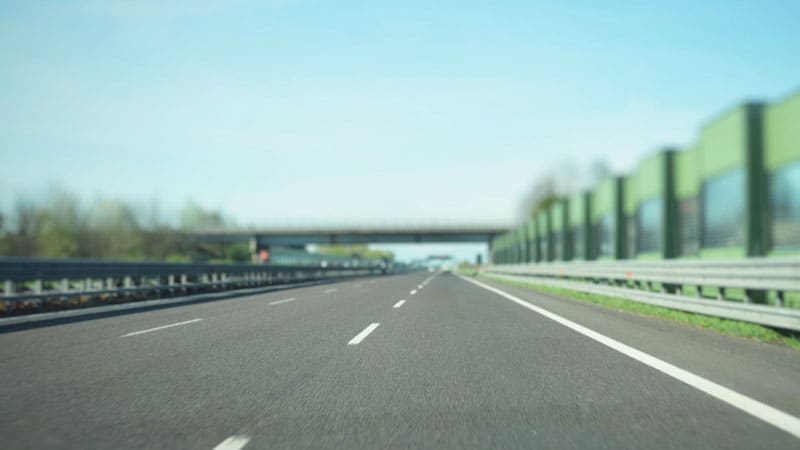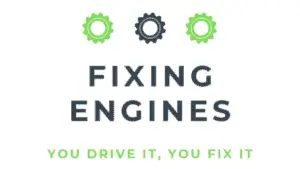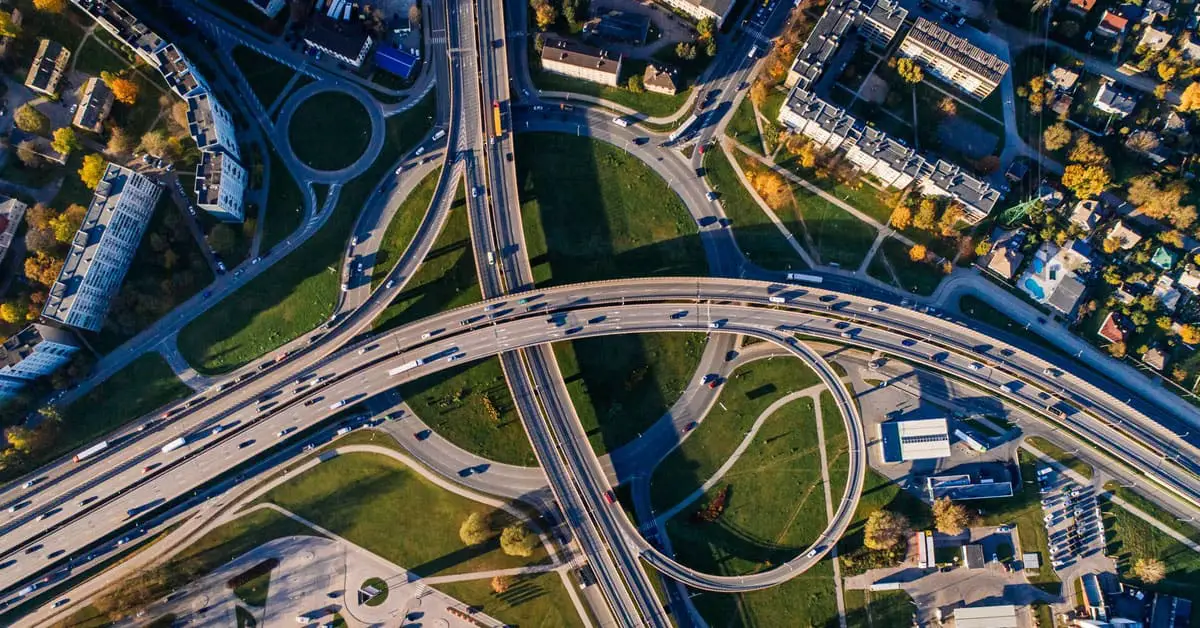Most cost-conscious drivers will often notice that there’s a significant difference between highway mileage and city mileage. Discerning car buyers often try to find out whether a car has more city miles or highway miles before they make a purchase. In fact, most fleet managers will instruct company drivers to use highway routes more than city routes for better vehicle maintenance.
Cars generally get better mileage on the highway rather than in urban and suburban streets. Highway driving results in less engine wear and tear, longer-life suspension, lower vehicle collision rates, and better battery charge. Highway driving also results in better fuel economy.
The reason why cars get better gas mileage on the highway is that there are less starts and stops. Every time a car accelerates, it uses gas to make the car go faster. Thus, repeatedly accelerating to 40 mph and braking (city) requires more energy than accelerating to 40 mph and maintaining that speed (highway).
Highway driving offers more benefits for the health of your vehicle compared to city driving. Some of the reasons why highway mileage is better than urban mileage include:
Less Engine Wear and Tear

Within city streets, you’re likely to accelerate, stop, start, restart, and decelerate more per mile than someone driving on the highway. Each start-accelerate-decelerate-stop cycle uses up more engine resources compared to highway driving.
In contrast, a highway driver will reach a peak speed and maintain it for long distances without making many changes. This means the engine will be running at a regular beat, the fuel will pump in a fluid motion, and all parts will operate in a smooth symphony.
With urban driving, the driver will most likely encounter red stop signs, different speed zones, traffic jams, and pedestrian traffic. The urban driver is also likely to contend with traffic cops, traffic marshals, or a flagman.
All these add up to lots of starts and stops along the way, and more engine fluctuations. With urban driving, the engine will likely have to work harder. Parts like pistons and crankshafts will undergo more friction, leading to more wear and tear.
Better Suspension
The starts and stops of city driving are not only detrimental to the engine but can also have a negative impact on the car’s suspension.
Apart from the starts and stops, the urban driver is constantly slowing down then speeding up for short distances. The urban driver also has to drive through many bends and drive over bumps and potholes.
Meanwhile, the highway driver is often cruising through long straight roads with no traffic lights, no pedestrian crossings, no speed bumps, and no bumper-to-bumper traffic jams. Some common problems city drivers face more than highway drivers include:
- Car pulling or dragging to one side
- Difficulty in steering the car
- Feeling each and every bump on the road
- One corner sitting lower than the rest of the car
- Diving, rolling, or leaning even when you stop the car on even ground
Driving in frequent starts, stops, and turns can affect the car’s shocks, rods, ball joints, and springs. Poor suspension can easily lead to unsafe driving. Highway driving results in a better suspension and fewer maintenance needs.
Lower Collision Rates
Cars with more highway mileage than city mileage often have lower collision rates. In city streets, it’s easy to rear-end the car in front, side-impact the car on the next lane, or have a head-on collision with an oncoming vehicle.
Most of these types of accidents happen at road intersections, parking lots, and in slow-moving traffic jams. Fortunately, they are rarely fatal.
Highway driving is often a much safer experience with fewer accidents. Because most highways are dual carriageways, it is almost impossible to have a head-on collision. Highway lanes often are wider, thus reducing the chances of side impacts. The downside is that highway accidents often occur at high speeds, involve vehicle rollovers, and commonly result in severe human injuries.
All in all, highway mileage is often an indicator of fewer chances of collisions. When a collision does happen on the highway, there’s a high chance the car will be written off and not resold.
Better Battery Charge

A long highway drive gives your battery enough time to charge to full. City drives tend to be short trips, often leaving your battery only partly charged.
Highway driving is better for your battery, alternator, starter motor, and spark plugs because you’ll always be starting from full power. You don’t have to crank your keys several times for successful ignition.
Frequently needing your battery to quickly charge up your car can prevent the battery from fully warming up or recharging during the drive, especially if the drive is short.
To further enhance your battery life, avoid plugging in too many gadgets to the car. For instance, charge your cell phones, laptops, and tablets at home rather than during your commute to work. Avoid playing the radio or leaving on your headlights when the engine is off. Always remove your key from the ignition when you park the vehicle.
Better Fuel Economy
Cars get better gas mileage on the highway because there are less starts and stops. A car uses up more energy to accelerate than to maintain speed. Thus, repeatedly accelerating to 40 mph then decelerating to almost zero and back up again will consume more energy than accelerating to 40 mph then maintaining that speed.
Tests by the US office of Energy Efficiency And Renewable Energy show that urban drivers are likely to use up 20% to 45% more fuel per mile compared to highway drivers. Most modern cars achieve fuel efficiency peaks at around 50-60 mph. In urban settings, it is difficult to safely achieve and maintain such speeds. However, on highways, you’re actually legally required to maintain a minimum speed level or higher.
For instance, in most American rural interstate highways, the speed limit is a minimum of 45 mph with a maximum of 70 mph. Four-lane highways have a maximum speed limit of 65 mph and a minimum 55 mph speed limit. In urban areas, typical upper-speed limits are 35 mph and in designated school zones the maximum speed limit could be as low as 15 mph.
According to the US National Academy of Sciences, driving at close to fuel economy peak speeds can increase fuel economy by up to 15%. However, driving faster than the peak range can rapidly decrease the fuel efficiency of the engine. For instance, driving at 85 mph can burn up 40% more fuel than driving at 70 mph.
If you’re considering your next car purchase, keep in mind that a car with a history of poor fuel economy can be difficult to correct or even diagnose. A car with more highway mileage is less likely to have developed fuel inefficiencies and so will likely provide better fuel economy.

